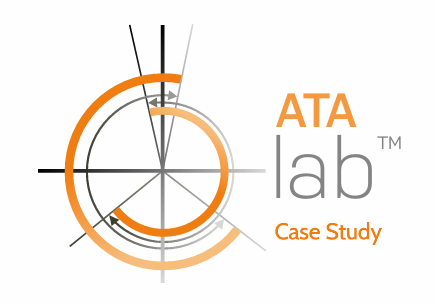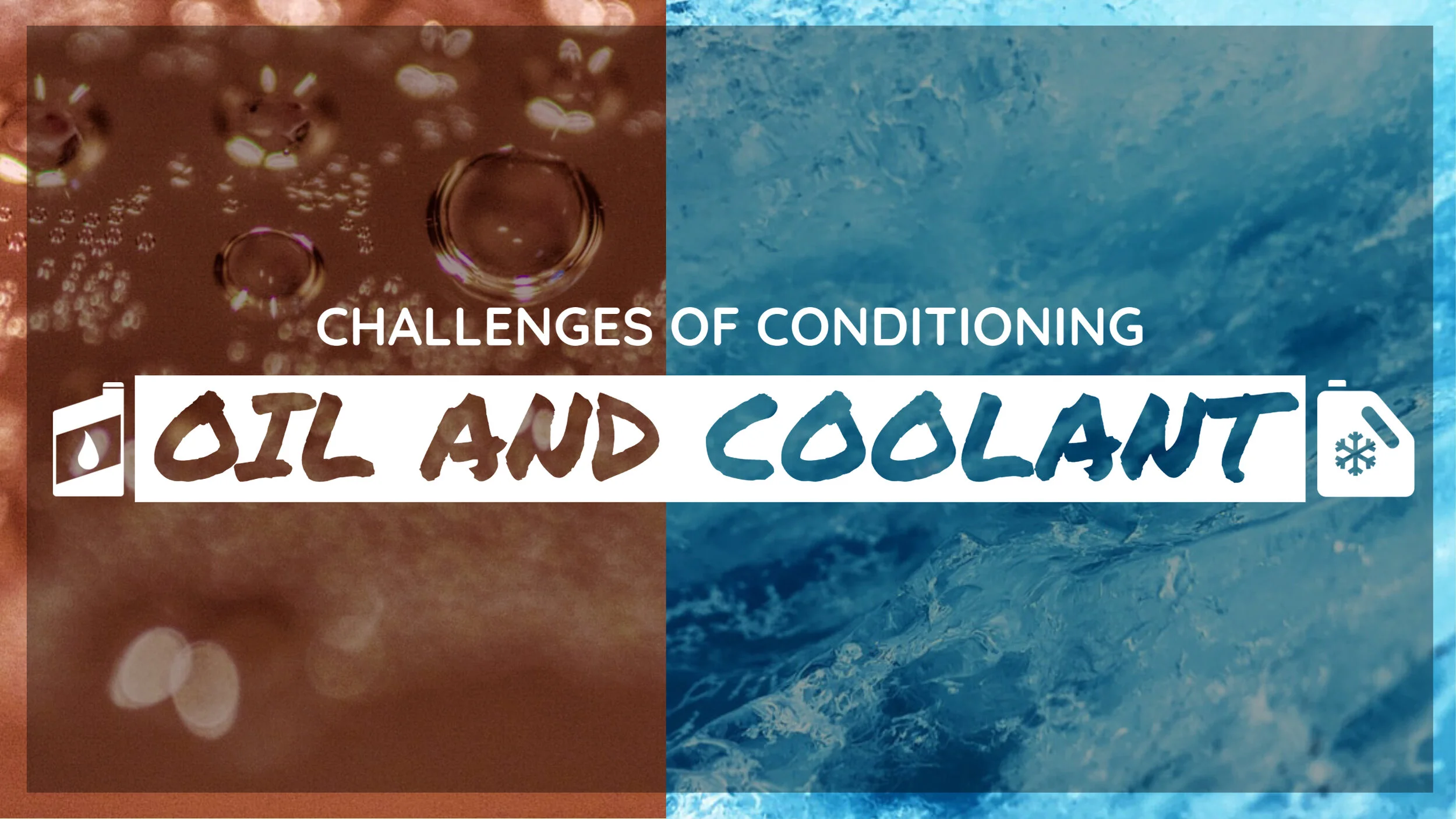Case Study Title: Engine Injection Nozzle Testing
Client Type: Aerospace Manufacturer
Scope and Capabilities:
This project delivered the design, development, and assembly of a New Development Nozzle Test Rig for the evaluation of aircraft engine fuel nozzles. The system was engineered to measure flow mass distribution, determine flow number and air effective area, and perform flow visualization, all in compliance with specified testing procedures and accuracy standards. The rig integrated industrial computing, precision instrumentation, and closed-loop control systems to ensure accurate and repeatable measurements. FloINT™ software provided automation, test scripting, data storage, and reporting, while the modular architecture allowed for future expansion and integration of state-of-the-art technologies.
Key Features:
Mechanical Design
Modular, transportable system divided into nozzle, fuel, and instrumentation cabinets
Automated X, Y, Z, and rotational positioning for nozzles
Ergonomically designed, leak-proof nozzle cabinet compatible with 42- and 24-segment patternators
Instrumentation
Hydrostatic, fuel, and air pressure measurement systems
High-accuracy temperature and Coriolis-type flow measurement systems
LEL detection and advanced filtration systems for safety
Software (FloINT™)
Custom features with intuitive plan editor for non-programmers
XML-based data storage, automated reporting, built-in diagnostics, alarming, and error logging
Integration with customer calibration and network systems
Testing and Validation
Factory Acceptance Test (FAT) and Site Acceptance Test (SAT)
Correlation studies with existing rigs to ensure measurement fidelity
Capable of testing a wide range of nozzle types and flow conditions
Project Management
Gantt chart-based project planning and execution
Bi-weekly progress updates with risk mitigation planning
Deliverables:
Fully assembled and tested nozzle test rig with modular cabinets and vision/lighting for flow visualization
FloINT™ software suite with automated test scripting, diagnostics, reporting, and integration with calibration and network systems
Comprehensive documentation package including manuals, calibration procedures, and engineering drawings
Factory and site acceptance testing with correlation studies to validate accuracy and repeatability
Operator training program delivered over four weeks during FAT and SAT
Compliance with ARP4865 standards and Ontario safety regulations
Post-commissioning support including a one-year warranty, extended vendor support, and on-site/remote service options



